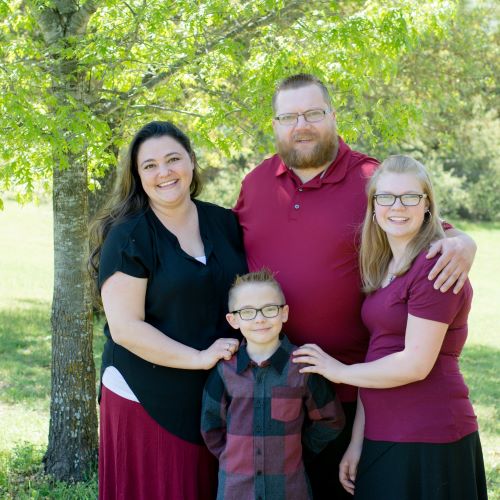As a full-time caregiver for her wounded-warrior husband and a mom of two, Angela Walter works every day to keep her family safe.
The Colorado Springs, Colorado, woman put extra thought into emergency preparedness. “What are you going to do if whoever you’re caring for freaks out” in an emergency, she wondered.
Having an emergency plan in place can help the whole family get to safety if they need to evacuate.
Angela, who volunteers with Operation Homefront’s Hearts of Valor caregiver support program as a group facilitator in Colorado, shared tips for fire safety and emergency planning.
Sound the alarm
Did you know smoke alarms expire? The National Fire Protection Association recommends replacement every 10 years. The date of manufacture should be on the back of the alarm.
Check that smoke detectors are installed on each level of your home – including the basement – and in each bedroom or outside each sleeping area.
Plans B and C
How would you get out of your home if the main exit is blocked? Make an escape plan, and practice it with your family.
“We live in a townhouse, and we would have to jump out our window in the back,” Angela said. The drop would be about 15 feet, so the family added a ladder in the back.

Call for help
Establish a communication board with emergency phone numbers. Post the board in a prominent place in the home, and make sure the numbers are easy to access in everyone’s phones. Don’t forget to update when numbers change.
Give family members – even older children – responsibilities such as helping get pets or younger children to safety. List each person’s tasks, and review those regularly.
Just in case
Store backup copies of vital documents – insurance papers and drivers licenses, for example – on a flash drive that can be stored away from your house. Send the drive to a family member or stash it in a safety deposit box.
